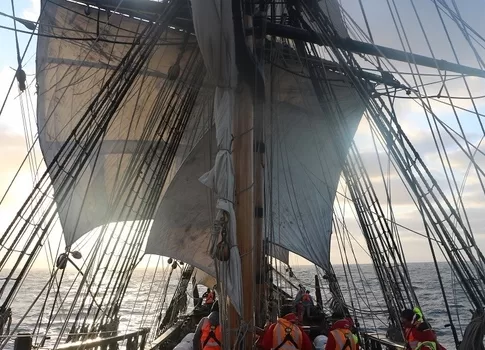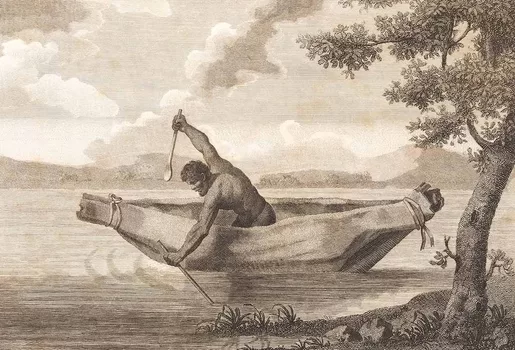Stuff the British Stole: Antiquities, Empire, and Repatriation
Throughout the British Empire’s reign, artifacts, treasures, and cultural symbols were systematically taken from colonized nations. From Africa to the Pacific Islands, and from Australia to Southeast Asia, these objects found their way into British museums and private collections. Today, these looted artifacts are the focus of growing repatriation demands, symbolizing much more than material wealth—these treasures embody identity, history, and sovereignty.
Australian Indigenous Artifacts and Ancestral Remains
Indigenous Australian artifacts, sacred objects, and human remains were removed during British colonization, finding their way into museums in the UK and other parts of Europe. The British Museum, the Natural History Museum, and private collectors hold boomerangs, bark paintings, and ceremonial objects that were integral to the spiritual practices of Indigenous Australians.
Even more distressing are ancestral remains—such as skulls and bones—that were stolen for pseudo-scientific studies during the 19th and 20th centuries. These remains, kept in universities and museum vaults across the UK, are only now being returned after prolonged lobbying by Indigenous communities.
Repatriation efforts are ongoing. In 2019, the Natural History Museum returned ancestral remains to the Torres Strait Islands after decades of negotiations. Meanwhile, Aboriginal communities are still waiting for the return of sacred artifacts held by institutions such as the British Museum.
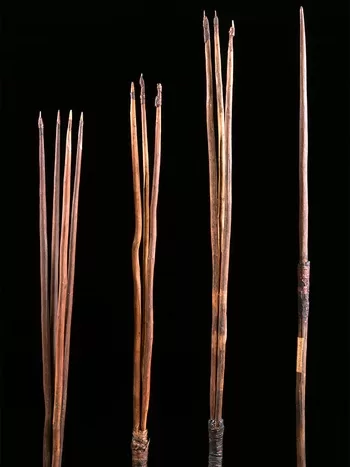
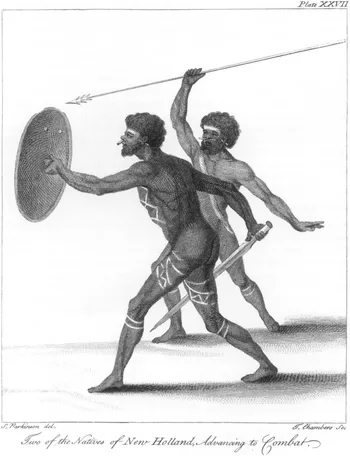

Drawing by Sydney Parkinson, draughtsman to Joseph Banks. Photo: State Library NSW
See our story: Australian Aboriginal spears taken by James Cook repatriated
The Gweagal Shield: A Controversial Legacy of Australia’s First Contact
One of the most potent symbols of Australia’s first contact with the British is the Gweagal Shield. According to Indigenous oral history, it belonged to a warrior who confronted Captain James Cook in 1770 during his arrival in Botany Bay. The shield, with a bullet hole allegedly caused by Cook’s crew, was taken and eventually ended up in the British Museum.
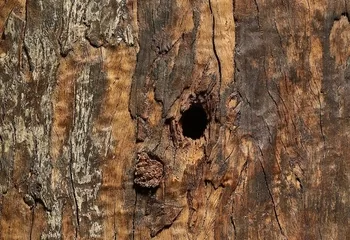

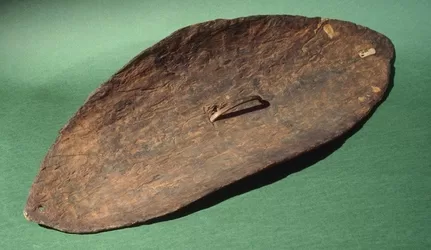

The shield that is held by the British Museum has a distinctive hole near its handle.
© The Trustees of the British Museum
In recent years, the Gweagal Shield has become a focal point in debates about repatriation. For Indigenous Australians, its return would mark an acknowledgment of their resistance to colonization. Despite significant public pressure, the British Museum has resisted repatriating the shield, claiming uncertainty about its origins. However, for many, the shield remains a powerful symbol of Indigenous resilience.
James Cook journal: 29 April-6 May 1770 in Botany Bay-Kamay
Advertisement:
Benin Bronzes and the Looting of West Africa
The story of the Benin Bronzes, taken during a brutal British military expedition in 1897, highlights the colonial exploitation of Africa. These intricate bronze plaques and sculptures were looted from the Royal Palace of Benin (modern-day Nigeria) after British forces torched the city. Over 1,000 of these artworks were shipped to Europe and distributed among museums and private collections, including the British Museum.
In response to mounting pressure, Germany has begun the process of returning its share of Benin Bronzes. In the UK, the British Museum is under growing public and diplomatic pressure to follow suit. These bronzes are more than decorative objects—they represent the history and cultural identity of the Edo people, and their return is a matter of profound significance.
Fijian War Clubs and Ceremonial Items
Fiji was another Pacific Island affected by British colonialism. One of the most famous looted objects is the Ula—a traditional Fijian throwing club used in warfare and ceremonial activities. Numerous Ula and other artifacts were taken during British expeditions, often under the guise of gifts but with the underlying coercion of imperial power.
Some of these artifacts are now housed in British museums, displayed without proper acknowledgment of their origins. The Fijian government and local chiefs have requested the return of several ceremonial items, seeing them as essential to reconnecting with their past and preserving indigenous practices for future generations.
Kula Rings from Papua New Guinea
The Kula ring, a ceremonial exchange system practiced by the Trobriand Islanders of Papua New Guinea, involves the exchange of shell jewelry, often armlets and necklaces, between neighboring islands. Early British anthropologists, captivated by the system, collected many of these shells—some through trade, others by force.
Many of these significant cultural artifacts now sit in British museums and anthropological collections, divorced from their cultural context. Efforts to repatriate these artifacts to PNG are gaining traction, with scholars and local communities arguing that they are critical to preserving their cultural knowledge systems and heritage.
The Moai of Rapa Nui (Easter Island)
The Moai statues of Rapa Nui (Easter Island) are another case of colonial removal. While the island is now part of Chile, it was subject to British influence, and several of its stone Moai were taken to museums. One of the most famous Moai, known as “Hoa Hakananai’a,” was transported to the British Museum in 1868.
The people of Rapa Nui consider these statues as sacred ancestors. In recent years, they have requested the return of Hoa Hakananai’a, arguing that the statue belongs on the island, not in a museum thousands of miles away. The British Museum has resisted, suggesting instead that it might send a replica. However, Rapa Nui representatives have made it clear: “We don’t want a replica. We want our ancestor.”
The Role of Museums and the Path Forward
British institutions have long justified their refusal to return artifacts by claiming that they are preserving “world heritage.” The British Museum and other institutions argue that many artifacts were legally acquired under the rules of the time and that they serve an educational purpose in the UK. However, critics counter that these objects were often taken without the consent of their original owners—under duress, during violent expeditions, or from societies without the power to resist.
Some institutions are starting to shift their stance. The University of Cambridge returned a Benin bronze to Nigeria in 2021. The National Maritime Museum announced plans to return navigational tools taken from Pacific Island communities. These small victories reflect a growing recognition that repatriation is about more than just objects—it’s about healing historical wounds and rebuilding cultural identities.
The Future of Repatriation: A New Global Ethic?
As the conversation around stolen artifacts intensifies, former colonies are demanding greater control over their heritage. Countries across Africa, Asia, and the Pacific are uniting to pressure Western institutions for the return of their cultural treasures. Australia’s Indigenous communities are leading the way, showing that repatriation is not only possible but necessary for reconciliation.
Repatriation is not without challenges. Laws governing museum collections are complex, and some institutions worry that returning artifacts could open the floodgates, emptying museum halls. Yet the movement for repatriation is gaining momentum, reshaping the way the world understands cultural heritage.
For the nations and communities affected, it is not just about reclaiming objects—it is about reclaiming history, dignity, and sovereignty. The story of “Stuff the British Stole” is far from over, but with every returned item, the balance begins to shift, signaling the start of a new chapter in global history.
Related stories
Sail the Endeavour on the 2025 Voyages – Amazing Adventure!
First Contact: indigenous Australians & Cook on Endeavour
Australian Aboriginal spears taken by James Cook repatriated
Secret Orders to Captain James Cook on H.M. Bark ENDEAVOUR
James Cook journal: 29 April-6 May 1770 in Botany Bay-Kamay
Advertisement:


